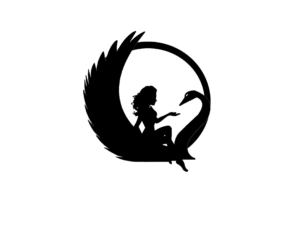Nature Park, Mohal, Kully valley, Himachal, India.
Kindling kindness for nature.
It’s a common human trait to relentlessly exploit what isn’t strong enough to fight back. How else to explain the extinction of several species and the degradation of nature at the hands of man. Yet while animal activists across the world have crusaded and managed to awaken a sense of responsibility towards animals poised precariously on the threshold of complete disappearance, the plants have continued to be trampled underfoot.
Trees for example have been sawed, hacked, uprooted and burnt for centuries. Their wood used for building homes, ships and log fires. Their fruits to satisfy bank accounts and hunger. Their flowers for appeasing gods and decoration. This without a single word of appreciation or a pat on the back.
Perhaps, unlike animals like horses, cats and dogs trees have failed to connect with us on an emotional level. Or perhaps we have taken it for granted they are nothing more than just planks of lifeless wood that don’t experience pain, at least not in the same way we do. Trees, however, are not lifeless, they can feel and they have suffered silently.
The wooden sculpture of a bleeding tree with a child in arm (up in the photo) inside the Nature Park at Mohal is not just imaginary art created to arrest attention and evoke sympathy in onlookers.
It is an extremely provocative statement of how inhuman and murderous man has been towards a nurturer that has fed him, kept him warm on cold winter days, fueled his furnace, and helped him establish his supremacy on this planet. The sculpture is in essence a reflection of what eminent Indian scientist Jagadish Chandra Bose hypothesized in the early years of the 19th century – plants can feel both pain and affection.
The Nature Park is a recreation cum learning area initiated by the Himachal Pradesh Forest Department to make folks learn more about nature and to help stem deforestation. It is a manicured garden of pathways and play areas growing under lush canopies to relax, picnic and look upon with more kindness at one of humanity’s greatest benefactors whether they bleed or not.
